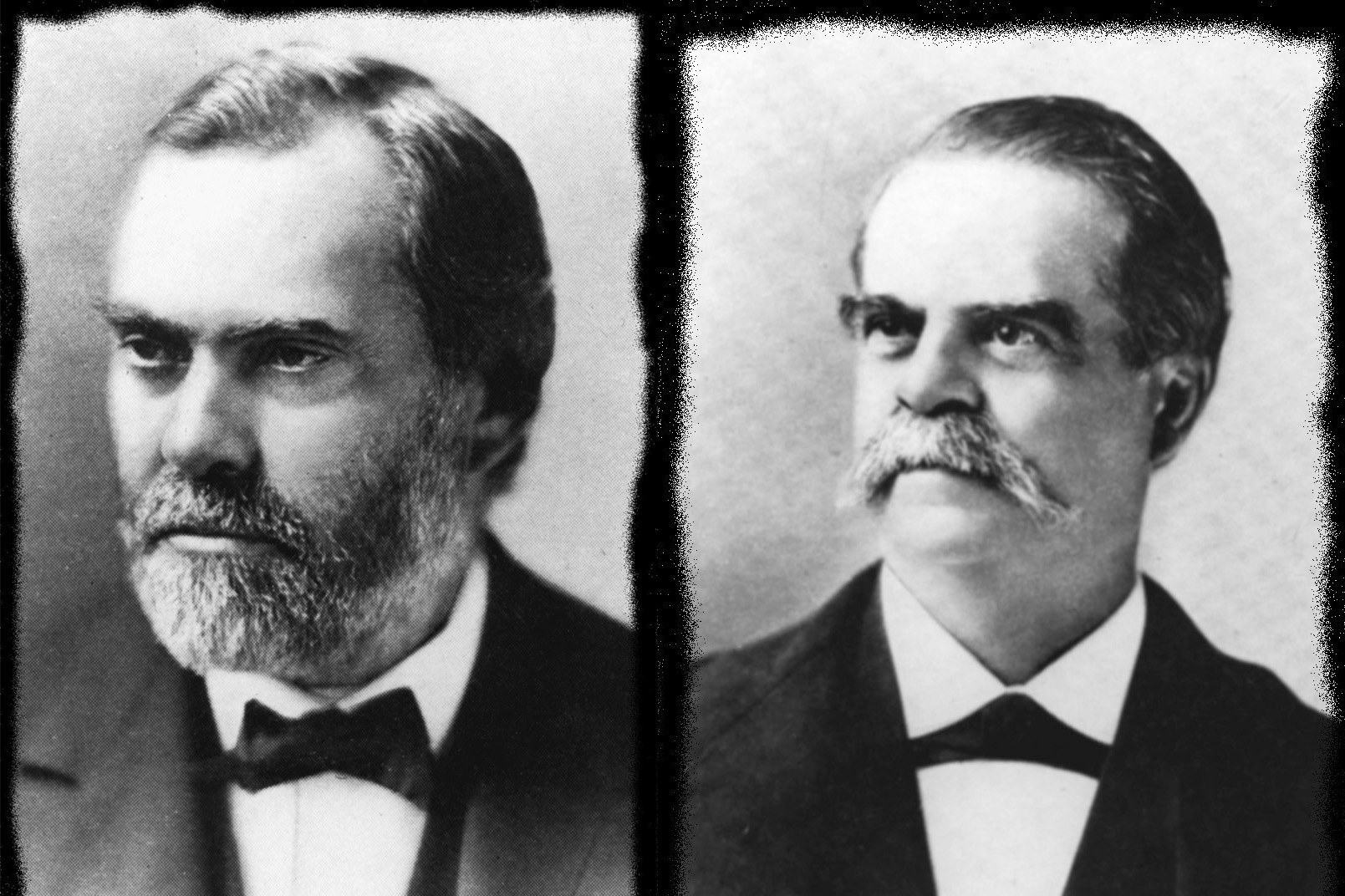April 21 is a historic day for the University of Connecticut. Several significant events in UConn history have occurred on that date. Not until 1976, however, was the day officially designated and observed as Founders’ Day.
It was on April 21, 1881, that the Connecticut General Assembly accepted an offer of 170 acres of land and $5,000 from brothers Charles and Augustus Storrs, and approved an act creating the Storrs Agricultural School. It was to be a two-year vocational school. In fact, some of the first graduates went on to complete high school later.
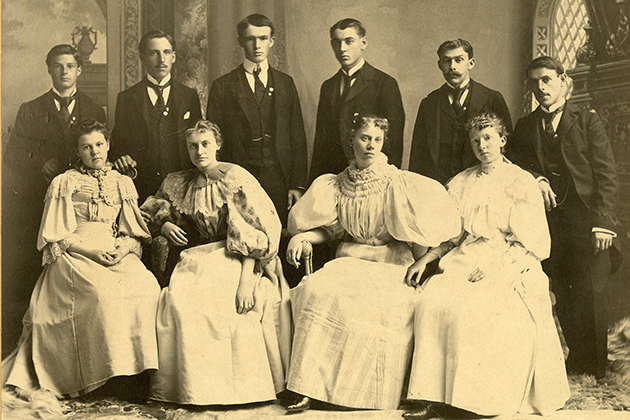
The next significant April 21 event was in 1893, when the school became the Storrs Agricultural College, women were officially admitted, and principal Benjamin F. Koons became its first president. The legislative act also established the institution as Connecticut’s land-grant college – a designation that had been Yale University’s since 1862, and which the Elis would fight fiercely to maintain.
Other changes in name and direction fell on other dates. When the Connecticut Agricultural College – a name adopted on June 14, 1899 – celebrated its 35th anniversary in 1916, the ceremony was delayed from April until June, to coincide with the annual commencement program.
A similar arrangement occurred in 1931, the 50th anniversary of the school. Originally scheduled for April, it too was postponed until June to coincide with the annual commencement. The delay also allowed for a third event to take place at the same time – the inauguration of Charles C. McCracken as the college’s sixth president.
Two years later, the institution took the name Connecticut State College – on February 25.
Although April 21 was acknowledged from time to time, the first official observance of Founders’ Day wasn’t until 1976. A decade earlier, Clark Bailey, special assistant to President Homer D. Babbidge, had recommended an annual observance in a memo to Babbidge.
“Over the years, little attention has been given to the University’s April founding date,” wrote Bailey in the April 6, 1966, memo. “This prompts the suggestion that the Board of Trustees … formally adopt a traditional program of recognition.” Bailey recommended that the observance start the following year, with special Founders’ Day awards at a ceremony with the governor of the state or the chairman of the trustees as keynote speaker.
For whatever reason, no official observance occurred until 1976, when the General Assembly adopted a resolution and Gov. Ella Grasso issued a proclamation noting the 95th anniversary of the institution’s founding and the first official observance of Founders’ Day.
The next time the day was noted was in 1981, this time to celebrate the University’s first century.
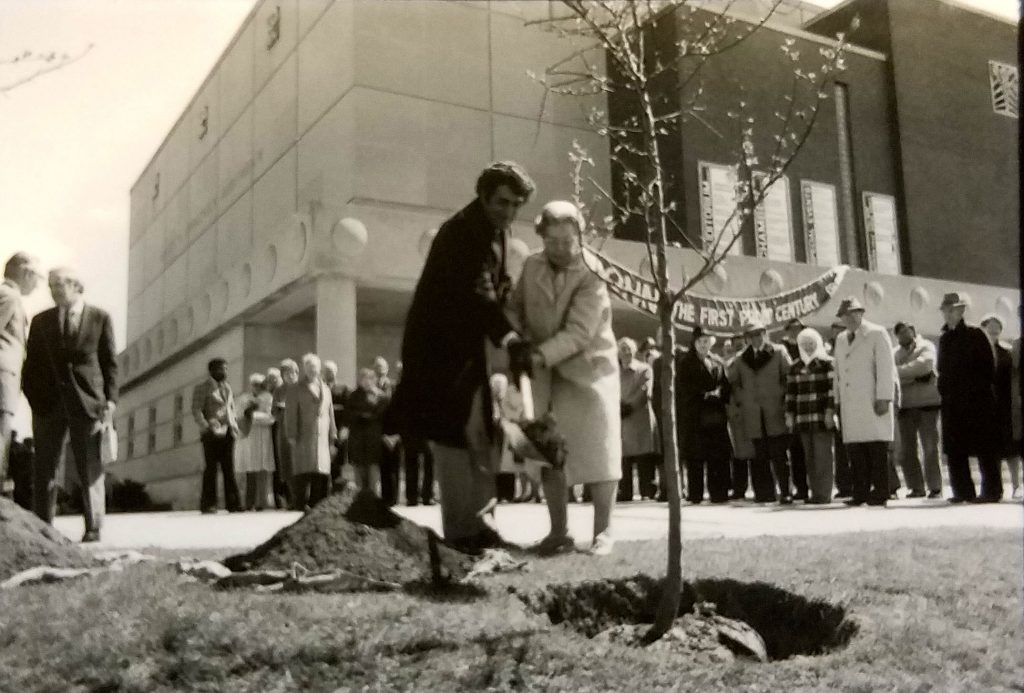
For UConn’s centennial celebration, Founders’ Day was a black-tie affair, held at Bushnell Memorial Hall in Hartford. It was a non-stop gala evening of music, featuring students and faculty of the School of Fine Arts. Earlier that day, Harriet Jorgensen, together with President John DiBiaggio, planted four trees outside Jorgensen Auditorium in memory of her husband, Albert N. Jorgensen, who served as president for 27 years. Jorgensen had been president when Connecticut State College became the University of Connecticut, in 1939.
While there is no doubt about the date of UConn’s founding, there could be an argument as to just who were the founders.
The Storrs brothers are certainly claimants as founders: Augustus Storrs offered the 170 acres of land with farm buildings, and his brother Charles offered $5,000 for the establishment of a school of agriculture. Members of the General Assembly who voted to approve creation of the school on April 21, 1881, and Gov. Hobart B. Bigelow, who signed the legislation, might also be included, as could the first Board of Trustees, who met for the first time on April 22 in Hartford.
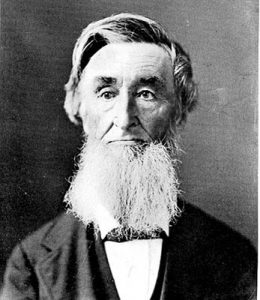
And what of T.S. Gold?
Theodore Sedgwick Gold is rarely brought up regarding the founding of the school, yet from 1845, when he and his father founded an agricultural school for boys – Cream Hill School in West Cornwall – until his death in 1906, “there seems to have been no movement in Connecticut that could be classified as rural, agricultural, or public welfare, in which T.S. Gold did not protrude his sparse and angular frame with beneficial results – to the movement but not especially to T.S. Gold,” wrote Walter Stemmons in his 1931 history of Connecticut Agricultural College.
Cream Hill School closed in 1869. In early 1864, Gold had signed and possibly paid for the publication of a pamphlet urging establishment of a home for orphans of Connecticut soldiers of the Civil War. Legislators liked the idea, and in May they chartered the home. At about the same time, Edwin Whitney of Mansfield – at the urging of his old friend Charles Storrs – was building a school for boys on some property in his hometown. A 20-acre site in Cornwall had been selected for the orphanage, when Whitney offered his 50 acres and school building as a site. The legislature approved the Mansfield project.
T.S. Gold was secretary of the orphanage from 1866 until it closed in 1875, when the last orphans had grown up and moved away. Whitney had died in 1867, and his widow sold the property to Augustus Storrs in 1878.
Stemmons wrote that “Gold was in a position, at least after 1866, to impress his educational ideas upon the Storrs brothers. The striking similarity in form and substance between the Cream Hill School and the Storrs Agricultural School is evidence which cannot be ignored.
Gold also was in attendance when trustees met for that first board meeting in 1881. He had to be – he was a member, and served on a subcommittee entrusted with the organization of the new school.
Gold’s role in the creation of the school is undeniable – yet over the years that role has been recognized less and less.
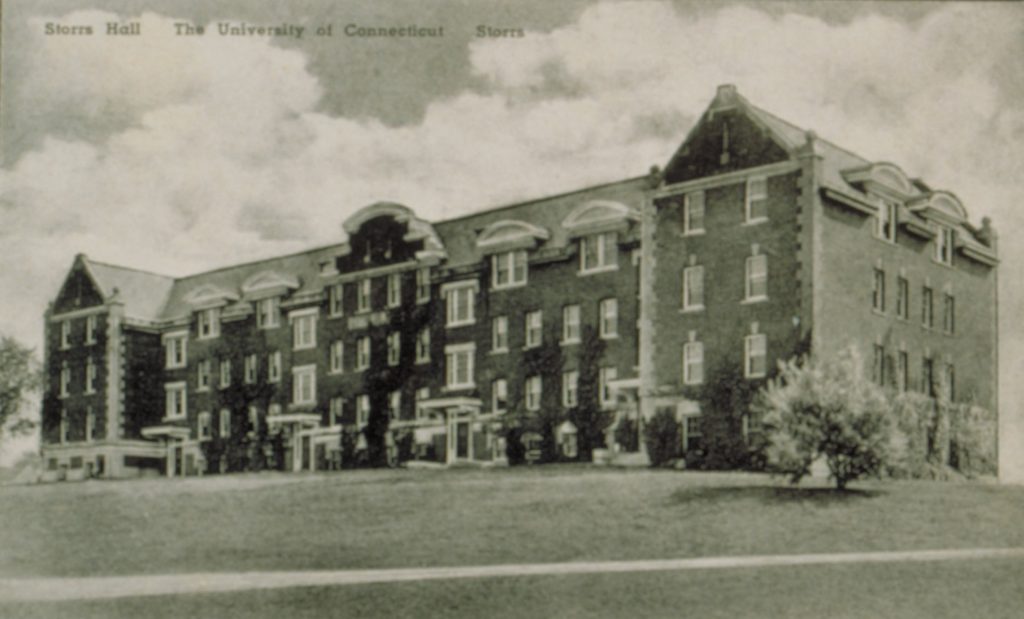
As at many other colleges, there is a building on campus named for the founders. Built in 1905, Storrs Hall was the second brick building on the campus and, in a report that year to trustees, President Rufus W. Stimson wrote that it was named “in honor of the founder and first benefactor of our institution.”
There also once was a dormitory named Gold Hall, in honor of T.S. Gold. A wooden structure, it was built in 1899 and had 30 rooms for male students, but burned down in 1914.
Sources: Connecticut Agricultural College: A History, 1931, Walter Stemmons; unpublished manuscript, 1981, G. Evan Hill. These and other materials on the history of the University are available in the Archives & Special Collections of the UConn.
This article was first published in the UConn Advance newspaper on April 27, 1998.
